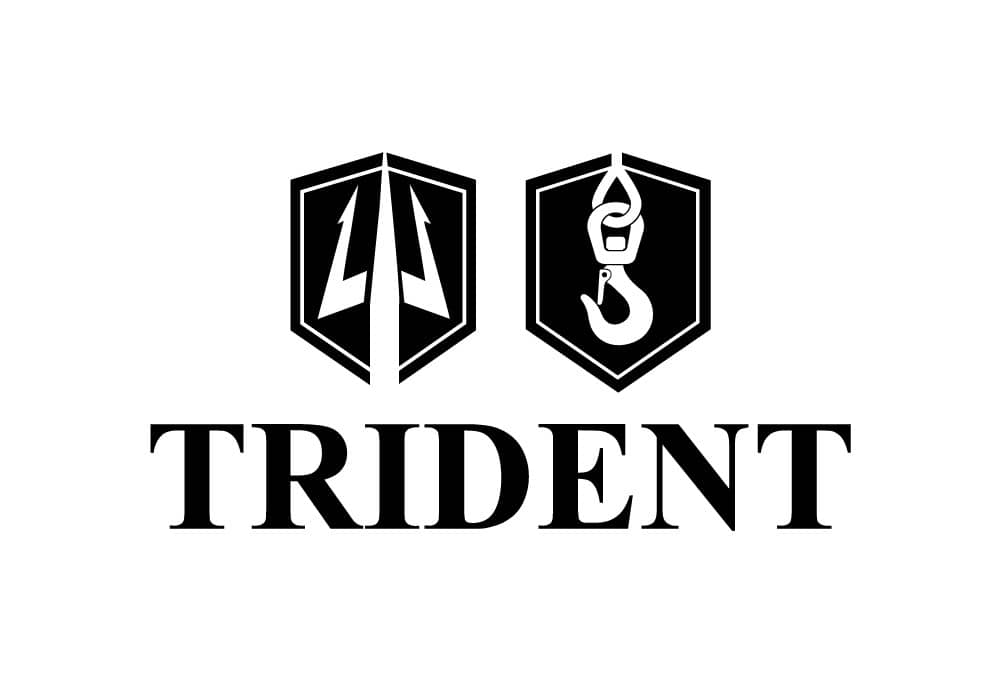Exploring the World’s Most Impenetrable High Security Vaults
In an age where safeguarding assets has become paramount, the evolution of high-security vaults stands at the forefront of global security advancements. Across the world, the demand for large high-security safes and vaults has surged, reflecting an urgent need for unparalleled protection mechanisms.
These fortresses, armed with state-of-the-art technology and stringent security measures, go beyond mere storage; they symbolise the pinnacle of protection ingenuity, designed to counter the most advanced threats.
Amidst this landscape of impenetrability, five vaults emerge as examples of security excellence, each with its own unique story of safeguarding invaluable treasures. These are:
- Fort Knox, USA: An emblem of national wealth protection, renowned for its almost mythical status and formidable defences.
- The Bank of England Gold Vault, UK: Home to one of the largest gold reserves in the world, this vault combines historical significance with cutting-edge security.
- Svalbard Global Seed Vault, Norway: Known as the “Doomsday Vault,” it’s a beacon of global agricultural preservation, safeguarding millions of plant seeds against global crises.
- Federal Reserve Bank of New York, USA: Housing one of the world’s largest gold depositories, this vault is a cornerstone of financial security.
- Granite Mountain Vault, USA: Carved into a solid granite mountain, this vault is a fortress for preserving the genealogical and historical records of millions, showcasing an unparalleled commitment to the protection of cultural heritage.
As we delve into the stories of these high-security vaults, we explore a rich tapestry of history, technology, and unwavering security measures. These icons of protection not only set the highest standards in safeguarding assets but also offer a window into the sophisticated world of security technology, highlighting the extraordinary lengths to which humanity goes to protect its most valued possessions. Join us as we journey through these remarkable vaults.
Fort Knox, USA: A Bastion of Impenetrability
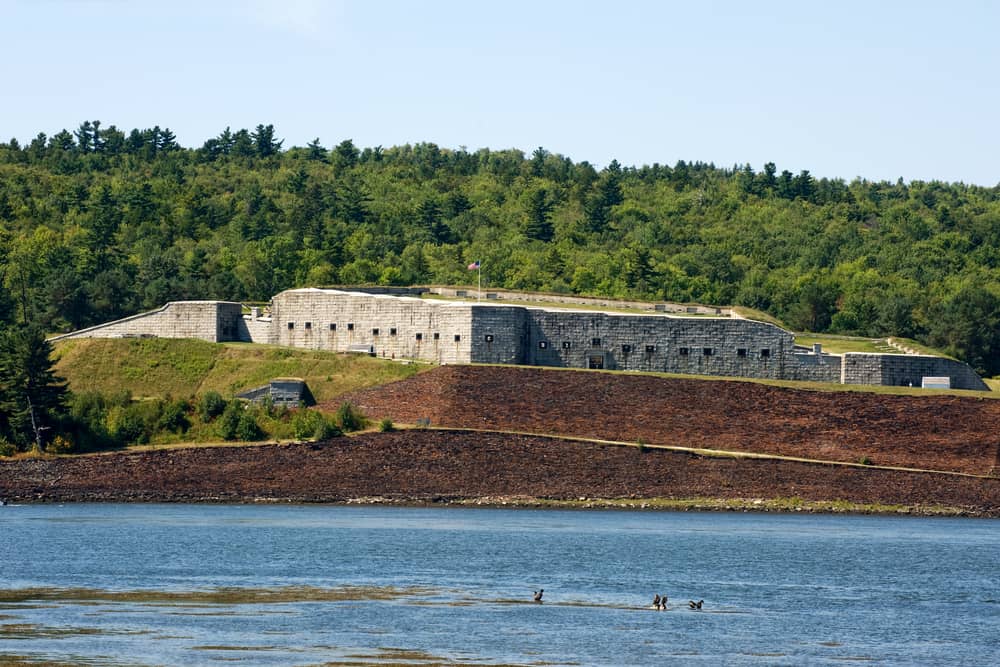
Fort Knox, nestled in the heart of Kentucky, USA, is more than just a military base; it’s a symbol of ultimate security and protection. Officially known as the United States Bullion Depository, it was constructed during the height of the Great Depression, in 1936, to safeguard the country’s gold reserves.
Its inception was a testament to the nation’s resolve to secure its wealth amidst economic uncertainty. Over the decades, Fort Knox has evolved to become synonymous with impenetrable security, often cited in popular culture as the benchmark for safeguarding invaluable assets.
Historical Significance
The history of Fort Knox is deeply intertwined with the financial and geopolitical narrative of the United States. Initially built to house the Treasury’s gold, its walls have guarded much more than just bullion. During World War II, it temporarily safeguarded the U.S. Constitution, Declaration of Independence, and even the Magna Carta, underscoring its importance as a national stronghold.
Its role in protecting America’s heritage and wealth through tumultuous times has cemented its place in the annals of history as a fortress of unparalleled significance.
Advanced Security Features
What sets Fort Knox apart as one of the highest security safes in the world are its formidable security measures and architectural features. The vault is encased in a building made of granite, lined with concrete and steel, making its walls virtually impenetrable. The legendary front door of the vault itself weighs approximately 22 tons and is made of blast-proof material, ensuring no unauthorised entry. Beyond physical barriers, the depository employs a multitude of modern security techniques, including motion sensors, surveillance cameras, and minefields, as well as a military garrison nearby to provide additional protection.
The exact security protocols of Fort Knox are a closely guarded secret, contributing to its mystique and reputation as an impregnable fortress. Rumours and speculation about its defences include everything from electric fences to laser tripwires, highlighting the vault’s status in the public imagination as the ultimate secure location.
The depository’s strategic location, far from coastlines and major metropolitan vulnerabilities, complements its physical and technological safeguards, making it an ideal site for such a high-security operation. This, combined with the rigorous training of its guards and the innovative security technologies employed, ensures that Fort Knox remains the gold standard in asset protection.
Why Fort Knox Stands Apart
Fort Knox’s status as one of the highest security safes is not just about its physical and technological fortifications; it’s also about the symbol it represents. It stands as a beacon of national resilience, showcasing America’s commitment to safeguarding not only its financial assets but also its national treasures and history. The mere mention of Fort Knox evokes a sense of security and trust, a testament to its enduring legacy as an impregnable vault. In a world fraught with uncertainties, Fort Knox remains a symbol of stability and strength, a fortress that truly embodies the essence of high security.
The Bank of England Gold Vault
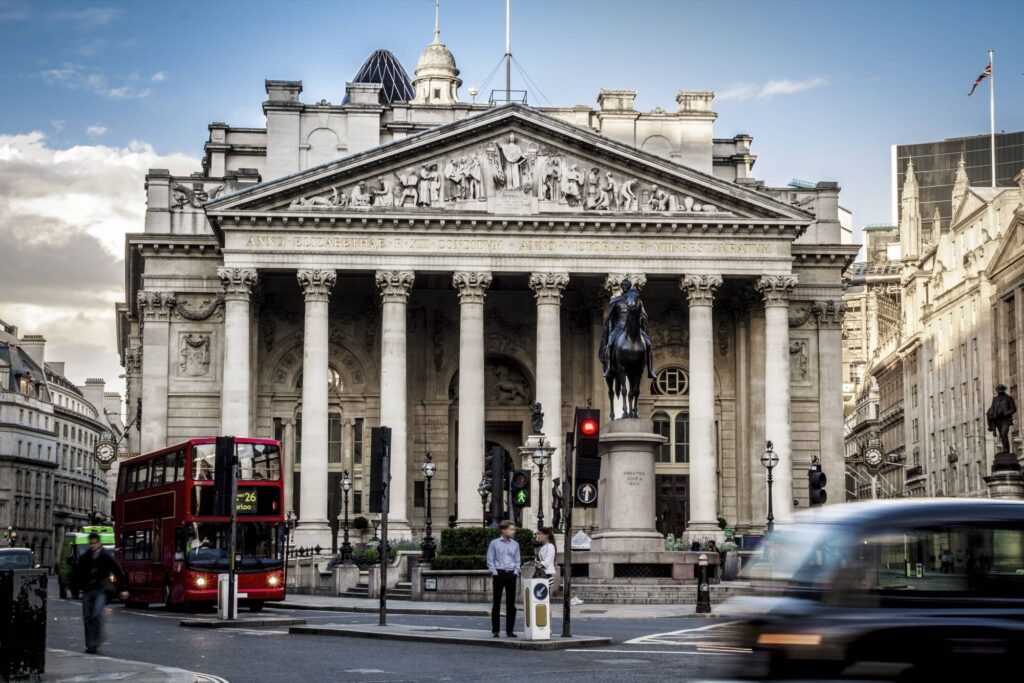
Nestled in the heart of London, the Bank of England Gold Vault stands as one of the globe’s most formidable repositories of wealth. With a history that intertwines with the financial evolution of the United Kingdom and beyond, this vault is not just a storage site; it’s a symbol of economic stability and trust. Holding one of the world’s largest gold reserves, the Bank of England’s vault plays a pivotal role in the global financial system, serving as a cornerstone of international trade and economic policy.
The Significance of the Bank of England’s Vault
The Bank of England, established in 1694, has long been at the forefront of banking and monetary innovation. The vault, developed over centuries, has grown in importance as the UK’s economy expanded, reflecting the nation’s status as a financial powerhouse. In today’s global economy, the gold held within these walls underpins the Bank’s ability to manage currency and liquidity crises, offering a tangible asset that backs the sterling’s value and credibility.
Security Measures: High-Tech and Time-Tested
The security surrounding the Bank of England’s gold vault is the stuff of legend. Far below the bustling streets of London, the vault’s defences are multifaceted, combining traditional safeguards with cutting-edge technology. The exact details of these security measures are closely guarded secrets, contributing to the vault’s mystique. However, it is known that several layers of protection are employed:
- Physical Barriers: The vault walls are reputed to be several meters thick, and composed of reinforced concrete capable of withstanding attempts at drilling, blasting, and even seismic events.
- Access Control: Entry into the vault requires passing through multiple layers of authentication, including biometric scans, pin codes, and possibly voice recognition, ensuring that only authorised personnel can gain access.
- Surveillance Systems: Advanced CCTV cameras and motion detectors monitor every corner, while vibration sensors and alarms stand ready to alert security personnel to any unauthorised access attempts.
- Audit and Inventory Controls: Regular audits and meticulous inventory management ensure that each gold bar’s location and ownership are always accounted for, adding an additional layer of security through oversight.
Why It’s Considered a High-Security Safe
The Bank of England’s gold vault is classified as one of the highest security safes not just because of its physical and technological barriers, but also because of its critical role in the financial system. The trust and security it embodies allow it to serve as a linchpin in international finance, with countries and institutions around the world depending on its inviolability.
The sheer scale of the gold reserve it protects, combined with its historical significance and the comprehensive security measures in place, make the Bank of England Gold Vault a paragon of asset protection. It exemplifies the lengths to which institutions will go to secure their most valuable assets, reflecting a blend of tradition and innovation in the realm of high-security vaulting.
Svalbard Global Seed Vault, Norway
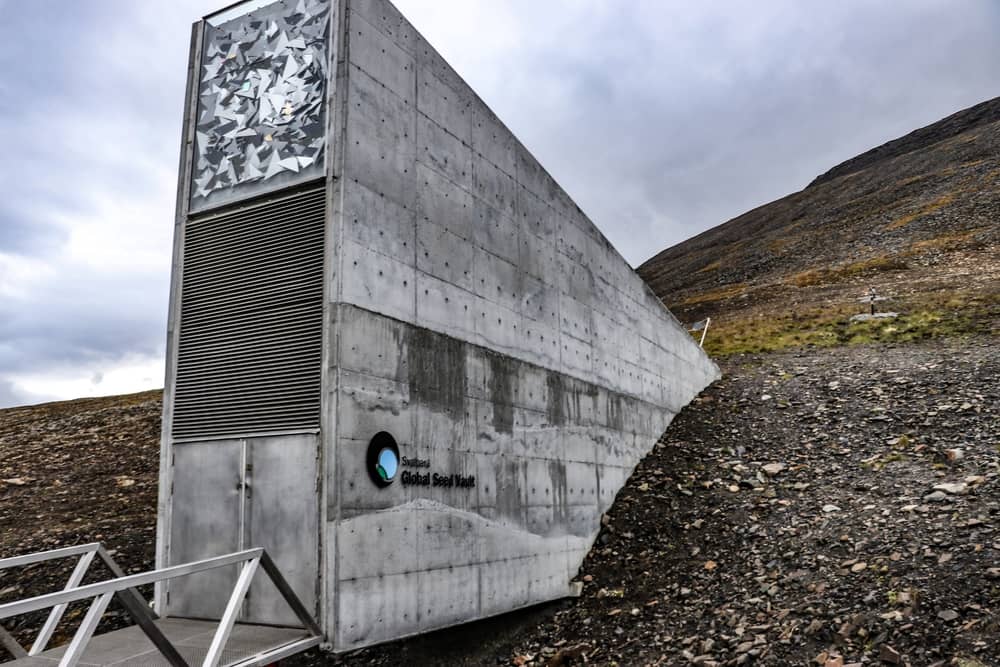
Nestled deep within the Arctic Circle, the Svalbard Global Seed Vault stands as a testament to humanity’s foresight and commitment to safeguarding the future of agriculture. Carved into the permafrost of a Norwegian mountain on the remote island of Spitsbergen, the Seed Vault’s mission is both simple and profound: to serve as a global backup facility for the world’s crop diversity, protecting it against the unforeseen threats of natural disasters, wars, and climate change.
Unique Purpose and Design
Opened in 2008, the Svalbard Global Seed Vault was designed with the singular purpose of preserving the genetic diversity of food crops worldwide. It acts as the ultimate insurance policy for the world’s food supply, allowing countries to deposit copies of seed samples from their national collections. The vault’s location was meticulously chosen for its geologically stable environment and cold climate, providing natural freezing that ensures the long-term preservation of seeds.
The facility’s design mirrors its monumental task. Buried 120 meters inside a sandstone mountain, the vault is accessible only through a single entrance that leads down to three separate, air-locked chambers. The structure is capable of withstanding earthquakes and nuclear detonations, ensuring that the seeds of vital crops like wheat, rice, and maize, among thousands of others, are kept safe for future generations.
State-of-the-Art Security and Environmental Protections
Despite its remote location, the Svalbard Global Seed Vault employs an array of sophisticated security measures. Access to the vault is highly restricted, monitored by numerous security systems that ensure only authorised personnel can enter the premises. The natural freezing temperatures of the surrounding permafrost, combined with additional cooling systems, maintain the seeds in a dormant state at a constant -18°C (-0.4°F), optimal for long-term preservation.
Environmental protections are equally advanced. The vault’s design anticipates future climate change, with its entrance situated high above expected sea levels. Additionally, the facility is constructed to utilise the passive cooling effects of the permafrost, reducing the need for electrical cooling systems and ensuring the seeds remain frozen even in the event of power failure.
The Svalbard Global Seed Vault represents a pinnacle of high-security vaults, not just for its technological and architectural advancements, but for its global significance. It underscores a profound commitment to preserving the diversity of life itself, ensuring that, regardless of what challenges the future holds, our agricultural heritage remains protected, secure within the icy embrace of the Arctic.
Federal Reserve Bank of New York, USA
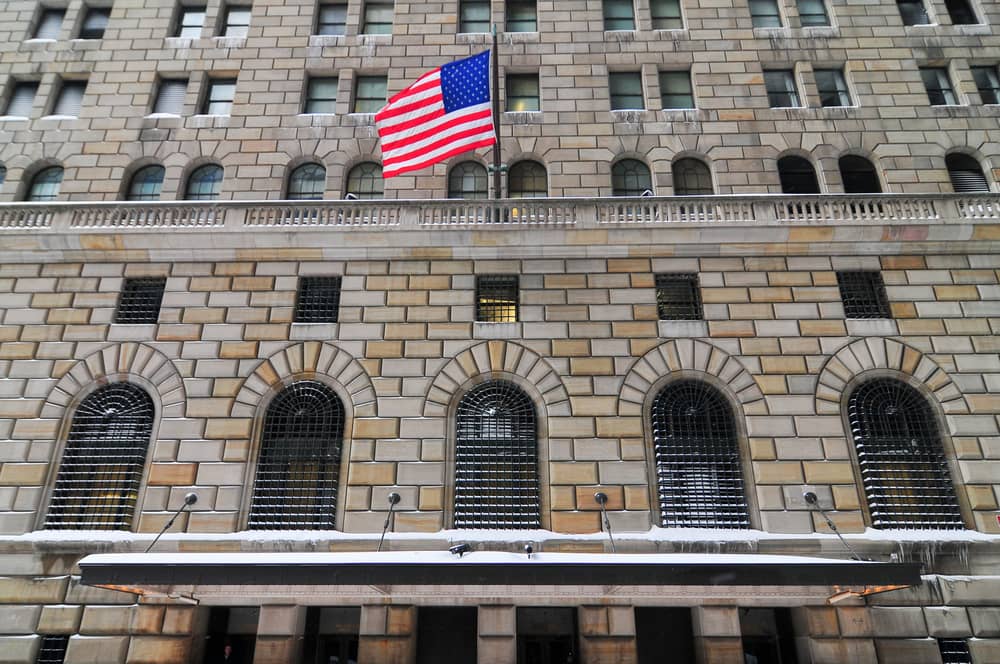
The Federal Reserve Bank of New York holds a vault that is not only a marvel of security engineering but also a linchpin in the global financial system. Located deep beneath the streets of Manhattan, this vault is one of the world’s largest depositories of gold reserves, safeguarding assets for both the United States and a host of international entities. Its significance extends far beyond its walls, influencing financial markets across the globe and playing a critical role in international banking and monetary policy.
A Keystone in Global Finance
The gold vault of the Federal Reserve Bank of New York is instrumental in the global financial infrastructure. It stores gold on behalf of foreign governments, central banks, and international organisations, serving as a trustful custodian that facilitates international transactions. The presence of such vast quantities of gold, worth billions of dollars, underscores the United States’ central role in the global financial network.
This gold reserve acts not only as a financial asset but also as a tool for countries to settle international balances, bolstering confidence in global financial markets.
Fortified Security Protocols
The security surrounding the Federal Reserve’s gold vault is as formidable as the wealth it protects. Located several stories beneath the bank’s Manhattan building, the vault rests on the bedrock of the island, providing natural security against unauthorised access. The entry to the vault is secured by a 90-ton steel cylinder that rotates into place, creating a time-locked seal that cannot be breached, even by those who know its mechanism.
The security protocols extend beyond physical barriers. The vault, and the operations within it, are monitored by a comprehensive surveillance system, with motion sensors and cameras positioned throughout the facility. Access is strictly controlled and limited to a select group of authorised personnel, ensuring that entry is closely monitored and recorded. The bank employs a multi-layered approach to security, incorporating both technological measures and rigorous procedural protocols. This includes vetting of personnel, escorted access to sensitive areas, and constant monitoring of the vault’s conditions to ensure the integrity of the gold reserves.
Moreover, the Federal Reserve Bank of New York employs redundancy in its security measures, ensuring that even in the unlikely event of a system failure, additional safeguards are in place to protect the vault. These include backup systems for surveillance, environmental controls to maintain optimal conditions for the gold, and contingency plans for a wide range of potential security threats.
The Federal Reserve Bank of New York’s vault is a testament to the extreme lengths taken to secure assets of immense value. Its role in the global financial system is unparalleled, providing a bedrock of stability and trust that underpins international economic relations. Through its sophisticated security measures and its pivotal position in global finance, the vault not only protects vast wealth but also facilitates the smooth operation of the world’s monetary systems.
Granite Mountain Vault, USA
Located near Salt Lake City, Utah, the Granite Mountain Vault is not just a repository but dedicated to preserving the genealogical and historical records of millions worldwide. Established in 1965 by The Church of Jesus Christ of Latter-day Saints, its primary mission is the protection and preservation of over 3.5 billion images of family history records, including birth certificates, census data, and immigration papers from over a hundred countries.
Unlike vaults safeguarding monetary or agricultural assets, Granite Mountain is pivotal in protecting cultural and familial legacies. It ensures the survival of invaluable documents against disasters and time, aiding individuals in tracing ancestries and historians in their research.
The vault’s unique design—carved into solid granite—provides natural fortification. Extending 700 feet into the mountain with storage areas 200 feet below ground, it benefits from the granite’s insulation, creating a stable environment conducive to long-term preservation. This natural barrier, combined with rigorous security protocols, makes unauthorised access nearly impossible.
Security is paramount, with access strictly limited to authorised personnel. The vault employs surveillance, reinforced entrances, and advanced fire suppression systems that protect without damaging the records. Furthermore, innovative preservation methods, such as microfilming and digitisation, ensure the records’ longevity and accessibility for future generations.
The Granite Mountain Vault exemplifies a unique approach to high-security protection, focusing on safeguarding humanity’s collective memory and cultural identity. Its blend of natural defences and cutting-edge security features not only secures the physical documents within but also the heritage they represent, making it an unparalleled repository of human history.
Technological Innovations in Vault Security
The safeguarding of the world’s most valuable assets in high-security vaults like Fort Knox, the Bank of England Gold Vault, the Svalbard Global Seed Vault, the Federal Reserve Bank of New York, and the Granite Mountain Vault has necessitated the development and implementation of cutting-edge security technologies. These innovations not only ensure the protection of financial, agricultural, and historical treasures but also set new benchmarks for security in large high-security safes and vaults globally.
Advanced Security Features
One of the foremost technological innovations in vault security is biometric verification, which includes fingerprint scans, iris recognition, and facial recognition systems. These methods offer unparalleled accuracy in identifying authorised personnel, significantly reducing the risk of unauthorised access.
Motion detectors and seismic sensors represent another layer of security, capable of detecting even the slightest vibrations or movements within and around the vault. Coupled with 24/7 surveillance systems that utilise high-definition cameras and night vision capabilities, these technologies ensure constant monitoring and quick response to potential threats.
State-of-the-art alarm systems are also integral to vault security. These systems are designed to be fail-safe, activating not just upon unauthorised entry attempts but also in response to environmental threats, such as fires or floods. The redundancy built into these systems guarantees that even if one line of defence fails, others will remain operational.
Impact on Vault Security Standards
The integration of these technologies has profoundly impacted the standards for large high-security safes and vaults. The emphasis on multi-factor authentication, constant surveillance, and environmental monitoring has set a new gold standard in asset protection. It has shifted the focus from purely physical barriers to a holistic security approach that encompasses digital, physical, and procedural elements.
Furthermore, the continuous evolution of security technologies pushes the boundaries of what’s possible in safeguarding assets. Innovations like quantum cryptography for secure communications and AI-driven threat detection algorithms are on the horizon, promising even higher levels of security.
The technological innovations currently employed in the world’s most secure vaults have not only enhanced their impenetrability but also established a benchmark for future developments in high-security safe design and protection strategies. As threats evolve, so too will the technologies to counter them, ensuring the ongoing safety of the world’s most precious assets.
Fortifying the Future with High-Security Solutions
Our journey through the world’s most impenetrable vaults, from the storied halls of Fort Knox to the secure depths of the Granite Mountain Vault, highlights the unparalleled importance of advanced security measures. These vaults not only safeguard national treasures, global food security, and cultural heritage but also set the gold standard for security technologies. Features like biometric verification, seismic sensors, and 24/7 surveillance have redefined the benchmarks for high-security safes and vaults, underscoring the critical role of robust protection strategies in today’s landscape.
This exploration underscores the urgency for businesses and institutions to adopt high-security solutions, emphasising the value of safeguarding assets against sophisticated threats. Trident Safes stands at the forefront of this mission, offering cutting-edge safes and vaults that embody the innovation and strength seen in the world’s most secure facilities.
While you may not need protection to the length of these vaults it’s important to consider what kind of protect you might need, and how Trident Safes can fortify your asset protection with high security safes and vault installation. Embrace the future of security with solutions that reflect the resilience and ingenuity of the world’s most formidable vaults. Discover the Trident difference for security.
